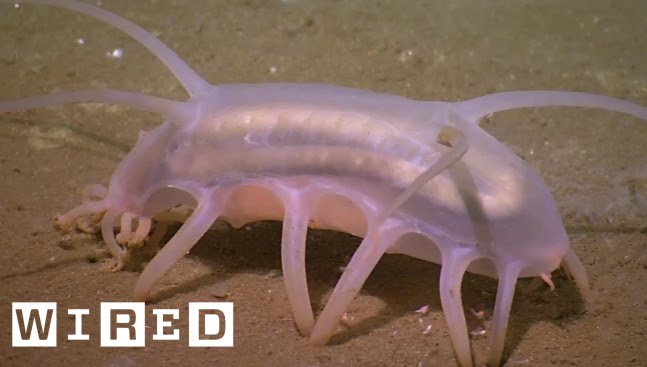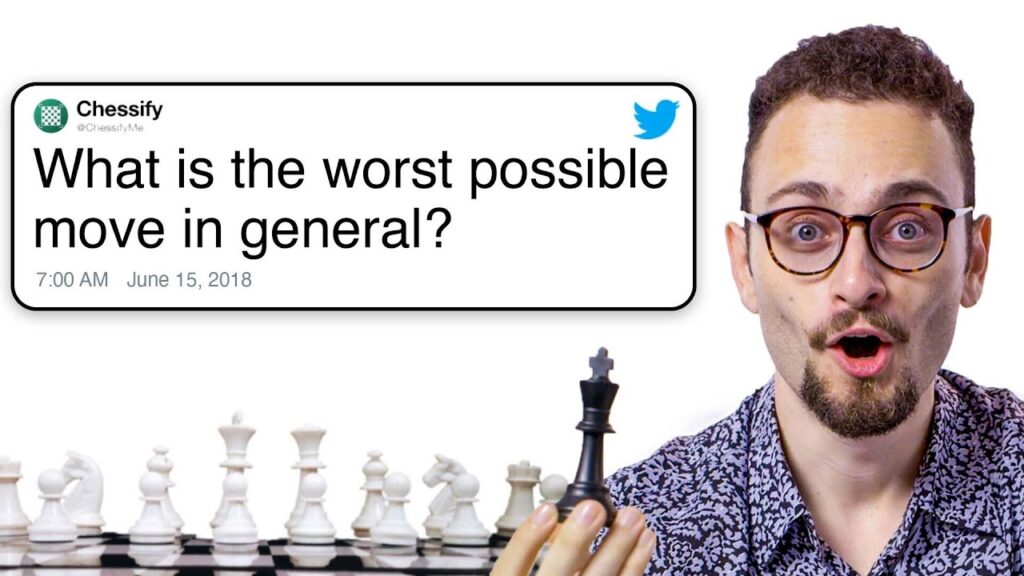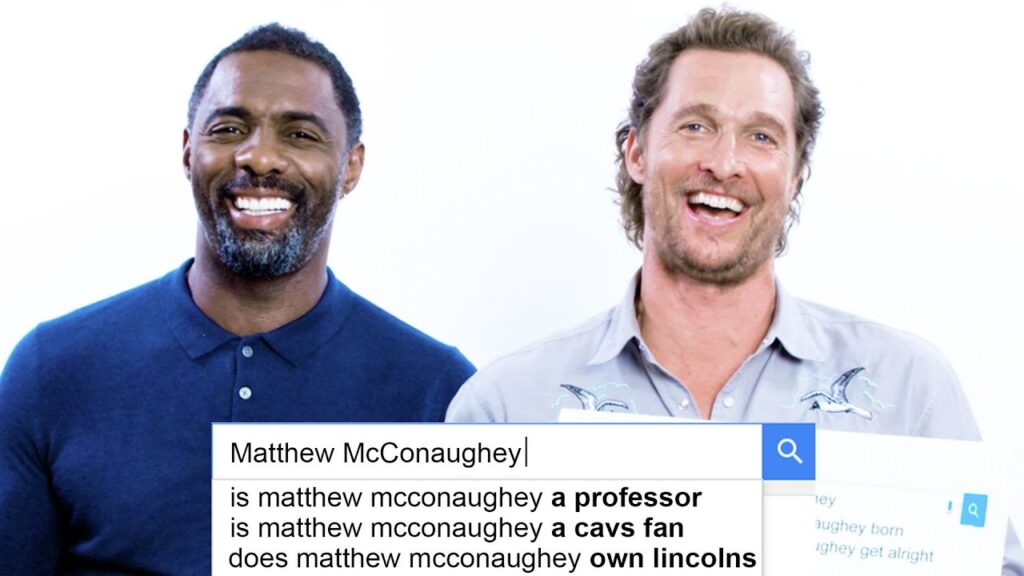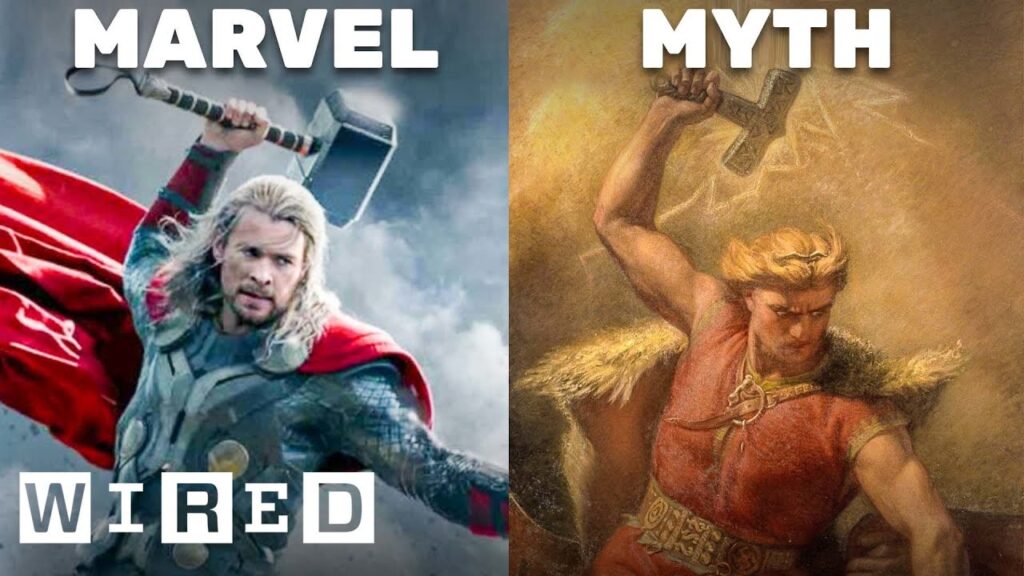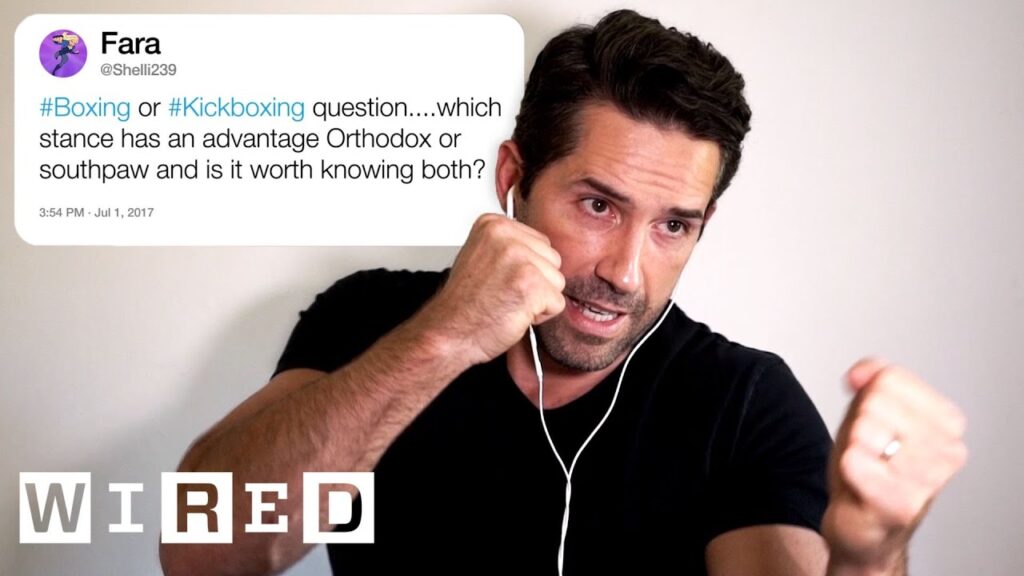The Evolution of Secret Service Protective Methodologies
Summary
In this article, we discuss the changes made by the Secret Service to their protective methodologies since the assassination of President Kennedy. We also highlight the importance of the 360-degree coverage and the commitment of the Secret Service to protect their clients.
Table of Contents
- The Changes Made Since the Assassination of President Kennedy
- The Importance of 360-Degree Coverage
- The Commitment of the Secret Service
The Changes Made Since the Assassination of President Kennedy
The assassination of President Kennedy was a turning point for the Secret Service. They realized that their protective methodologies needed to be improved to prevent such incidents from happening again. Since then, the Secret Service has made significant changes to their protective methodologies.
One of the significant changes made was to ensure that all presidential motorcades have barriers and are posted by law enforcement to prevent threats from crossing in front of the motorcade. The Secret Service also learned never to allow the president of the United States to ride in an open-air vehicle. Instead, they prefer to have the president in an armored vehicle away from the public.
However, the Secret Service still stages engagements between the president and the public with a specific security construct built around it to ensure that all threats have been mitigated. The protective methodology of providing 360 degrees of coverage has not changed. The Secret Service agents are there to immediately respond to the president or the first lady and bring them back to the limousine for protection in the event of a crisis situation.
The Importance of 360-Degree Coverage
The Secret Service’s protective methodology of providing 360-degree coverage is crucial in ensuring the safety of their clients. The agents are trained to put themselves between the threat and the protectee, whether it’s a sharp-edged weapon or a gun. The limousine door is always open, and the agents put themselves between the threat and the protectee.
These changes were made after the assassination attempts on President Ford and President Reagan. The Secret Service understands the risks involved but believes in the greater calling of their mission to protect their clients.
The Commitment of the Secret Service
The Secret Service is constantly evolving and improving their protective model to ensure a secure environment for their protectees. However, the threat has become more dynamic, and the tactics used have changed. Despite this, the Secret Service remains committed to putting themselves between the threat and the protectee.
In conclusion, the Secret Service has made significant changes to their protective methodologies since the assassination of President Kennedy. They understand the importance of 360-degree coverage and are committed to ensuring the safety of their clients. The Secret Service’s commitment to their mission is unwavering, and they will continue to evolve and improve their protective model to meet the changing threat landscape.
